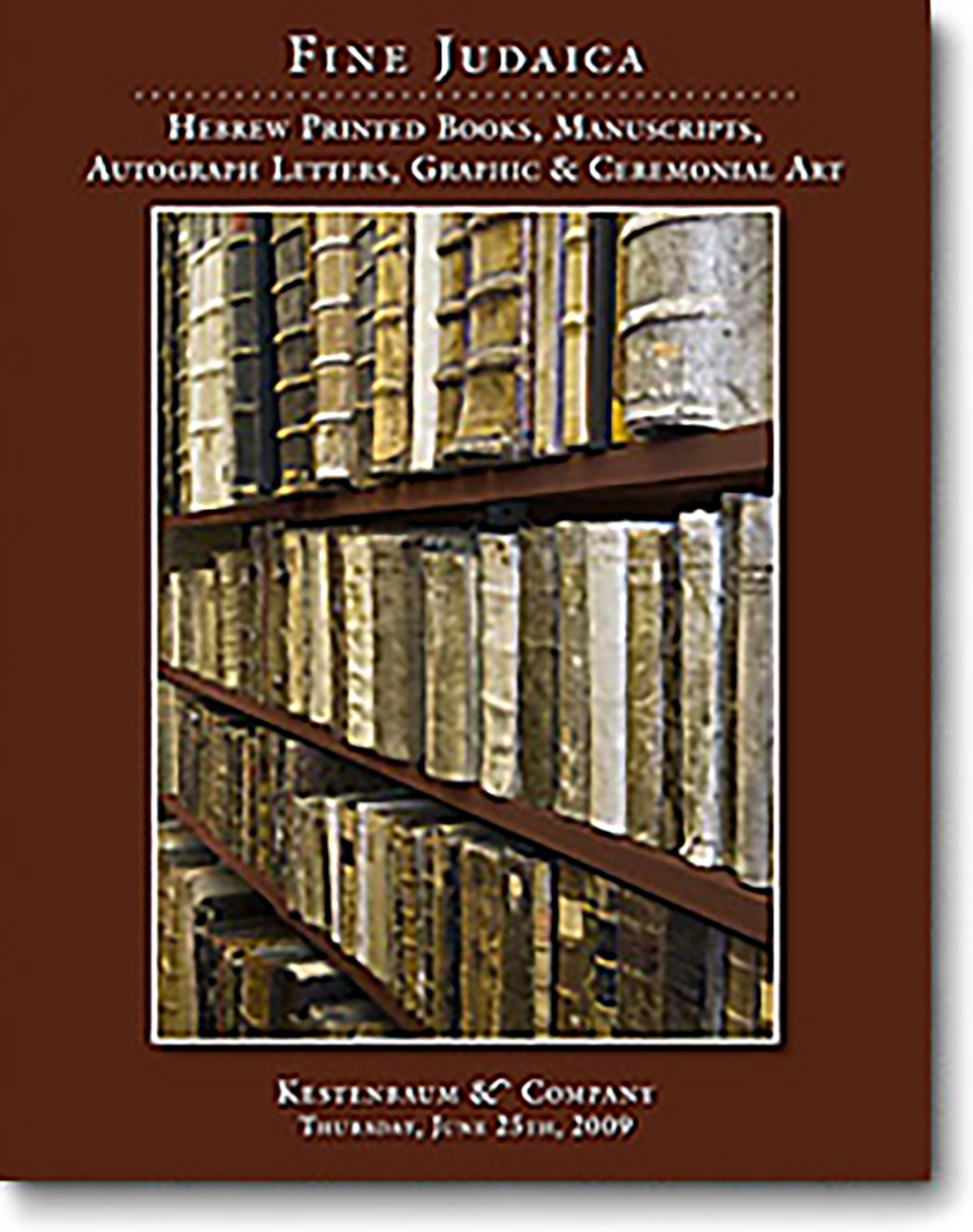Haphtaroth of Passover with bilingual translation, Aramaic and Judeo-Espanol; followed by Piyutim [religious poetry]

AUCTION 44 |
Thursday, June 25th,
2009 at 1:00
Fine Judaica: Hebrew Printed Books, Manuscripts, Autograph Letters, Graphic & Ceremonial Art
Lot 300
(GIBRALTAR).
Haphtaroth of Passover with bilingual translation, Aramaic and Judeo-Espanol; followed by Piyutim [religious poetry]
(Gibraltar): 19th-century
Est: $600 - $900
PRICE REALIZED $650
The Sephardic community preserved the original custom of translating the readings the Haphtaroth into Aramaic. In addition, they added a Judeo-Espanol (Ladino) translation, for by this time, the Aramaic vernacular was no longer comprehensible to the masses.
The exotic Jewish community huddled at the base of the famed Rock of Gibraltar -- with its four synagogues and a population just in the few hundreds -- has an illuminating history. After the Expulsion of 1492, no Jews were permitted to reside in Spain or its territories. Thus when in 1713 England came into dominion of what had been the Spanish posession of Gibraltar by the terms of the Treaty of Utrecht, it was expressly stipulated that Jews not be admitted to settle there. However, according to a subsequent agreement between England and the Sultan of Morocco signed in 1729, the Sultan's Jewish subjects were indeed allowed entry into Gibraltar, for the purposes of trade. A generation later, the legal right of Jewish settlement in Gibraltar was recognized - much to the chagrin of the Spanish. The Jewish settlers were mostly from the northern cities of Morocco and being Spanish exiles, retained elements of Iberian language and culture. In a sense, their re-entry into Spain was a homecoming
